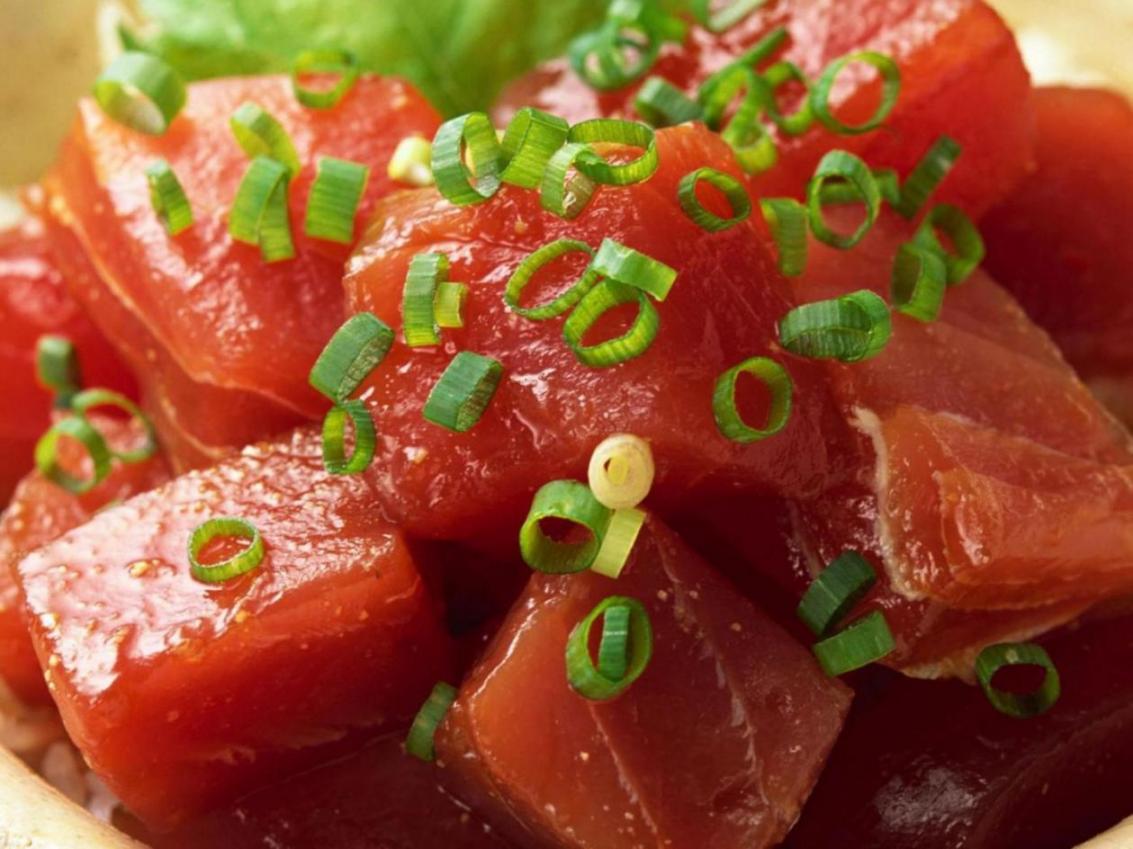The production of loin of tuna fish known as ‘red meat without cholesterol’ was launched to supply minced and sliced fillet in different weights (0.5 kg and 1 kg), IANA reported.
Loin is a solid piece of fish not unlike beef tenderloin which is cut horizontally from fish, along the bone to render the boneless filets.”Having the taste and properties of red meat except for cholesterol, it has a special production procedure right after being caught,” said Isa Golshahi at the aquatic organization.
On the differences between features of tuna and loin of tuna, he said: “While the tuna is produced by means of particular methods in cooked format with the aim of preservation for a long time, loin of tuna is supplied fresh for household consumption, while its semi-cooked format has industrial applications.”
The price of this new product is set at about 230,000 rials ($7) per kg, which makes it an affordable food item that can substitute red meat and also is a healthier diet, he said, noting that mass supply will start in chain stores after the Nowruz holidays.
Although a specific fishery exhibition was not held in the last year (ended March 21), special stalls for fish food were envisaged on the sidelines of other expos, noting that all the fishery products are sold at 15-35 percent discount.
The official also said that as per published data caviar production increased 10-15% in the past year compared to the same period in the previous year, and growth rates are expected to improve in the coming months.
Caviar Woes
Caviar production hit snag in recent years. This newspaper previously reported just less than 1,200 kilograms of farmed caviar was produced for export during the previous Iranian calendar year (ended March 20). This figure was remarkably lower than the predicted volume announced the prior year, suggesting problems in caviar production in the Caspian Sea.
The problem for Iran’s Caspian Sea fishermen, ecologically speaking, is that the sea is slowly losing its biodiversity. Thus numbers of fish stocks are significantly lower than any point in history.
In the 1980s, every year roughly 22 tons of caviar was produced in Iran, but as the current official figures suggest this has fallen to a fraction of those bountiful years.
The situation in recent years became so worrying that in 2010 the Caspian Sea littoral state governments agreed on a moratorium on hunting the wild sturgeon.
The Caspian Sea is one of the only places where different types of sturgeon live, with at least four varieties of fish living in different areas of the sea. Persian Sturgeon is the most expensive on the international market reaching just under $35,000 for 1kg.


